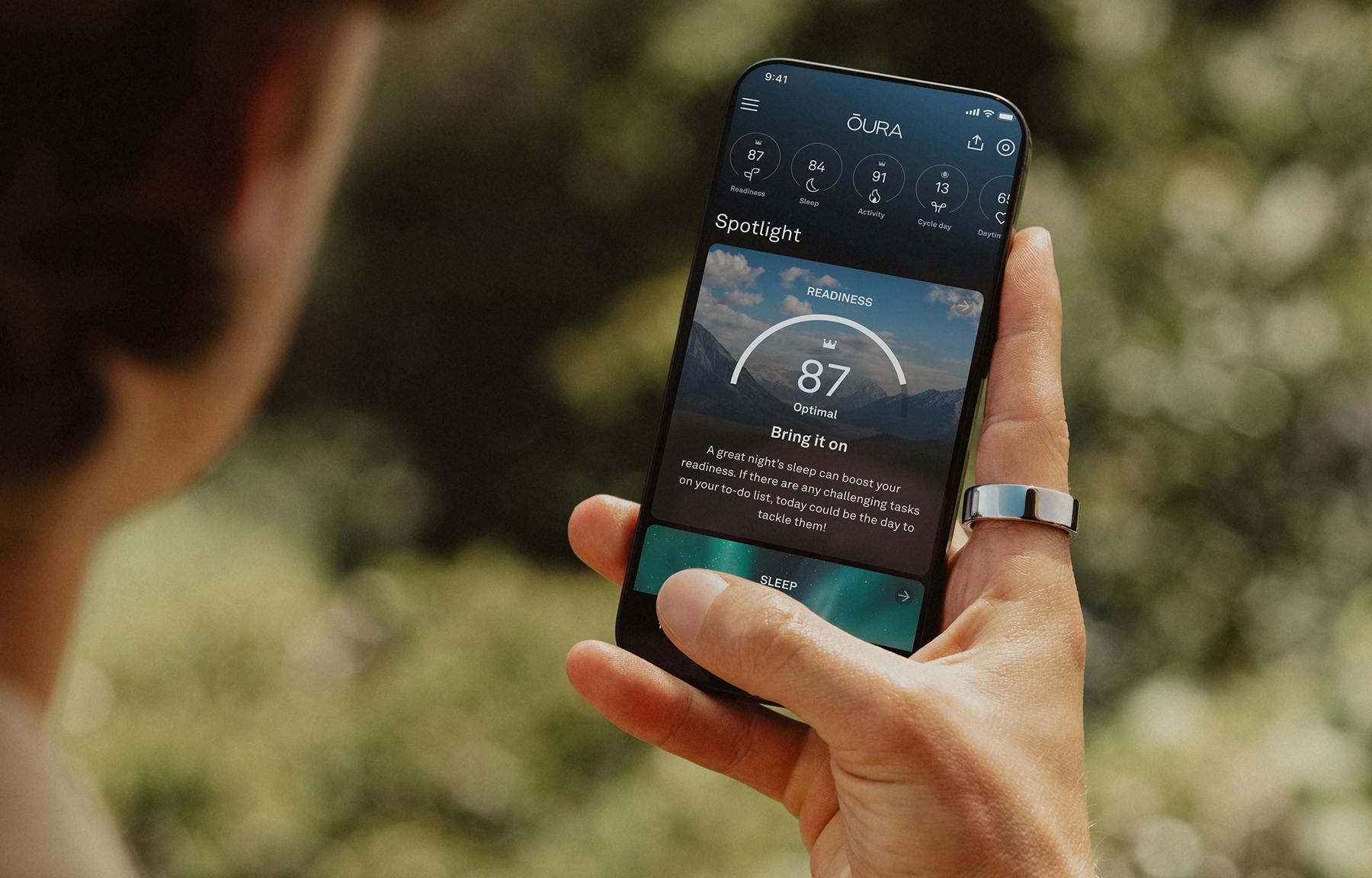Understanding your glucose levels can unlock key insights into your metabolic health and overall wellbeing—for people both with and without diabetes.
From energy dips to cravings, your glucose levels hold the answers. Discover why monitoring your glucose, even if you don’t have diabetes, can be a game-changer for your daily life.
Why Metabolic Health Matters
A shocking 93% of Americans are considered “metabolically unhealthy,” and over 800 million people globally are living with obesity.
Poor metabolic health is associated with a higher risk for chronic conditions like heart disease, diabetes, and obesity and is linked to inflammation, fatty liver disease, polycystic ovarian syndrome (PCOS) in women, and insulin resistance.
Glucose, also known as blood sugar, represents the amount of sugar circulating in your bloodstream and is your body’s primary source of energy. Your ability to regulate it is a cornerstone of metabolic health, impacting everything from energy levels to long-term disease risk.
READ MORE: What Is Metabolic Health? A Comprehensive Guide
4 Reasons to Monitor Blood Glucose—Even If You Don’t Have Diabetes
1. Metabolic health may decline asymptomatically.
Symptoms of metabolic dysfunction, such as fluctuating energy levels, increased thirst, or frequent urination, can indicate glucose dysregulation, yet often appear only when the issue becomes severe. Without routine monitoring, you may not realize your glucose regulation is worsening until it reaches a critical point.
2. Metabolic health exists on a spectrum.
Clinically, metabolic health is often treated as binary: healthy or unhealthy.
But metabolic health isn’t black and white—it’s a spectrum ranging from optimal function to insulin resistance and type 2 diabetes. In fact, even being a “normal” weight for your height (based on the body mass index scale) doesn’t guarantee good metabolic health, just as being overweight doesn’t mean you’re metabolically unhealthy.
3. Glucose variability matters as much as fasting glucose.
Your glucose naturally fluctuates, but chronic spikes and crashes (caused by poor diet, lack of exercise, stress, or sleep deprivation) can increase heart disease risk, oxidative stress, and inflammation. Even in non-diabetics, glucose changes following a meal have been linked to increased appetite.
4. You can’t manage what you don’t measure.
Tracking glucose provides immediate feedback on how food, exercise, and stress impact your body. If you notice poor glucose control, simple lifestyle adjustments can often improve it—before it requires medical intervention. Proactive monitoring can help you better understand your body and support long-term well-being.
How Can You Monitor Glucose?
There are several ways to track your glucose levels, each with varying levels of accuracy, convenience, and insight.
- Hemoglobin A1C Test (HbA1C): A standard blood test at the doctor’s office that provides an average glucose level over the past three months. While useful for diagnosing prediabetes or diabetes, it doesn’t capture daily fluctuations or glucose variability, making it less informative for non-diabetics.
- Glucose Tolerance Test: A lab test that measures how well your body processes sugar by testing your blood glucose before and after drinking a high-sugar beverage. While helpful for diagnosing diabetes, it provides only a snapshot in time and doesn’t track trends or metabolic flexibility.
- Glucometer (Finger Prick Test): Measures blood glucose at a single moment but requires frequent, often painful finger pricks. It lacks continuous tracking, making it hard to understand patterns or identify trends over time.
- Glucose Biosensor: A small sensor worn on the arm that provides real-time glucose data 24/7 by measuring interstitial fluid. A glucose biosensor offers deeper insights into how food, exercise, and lifestyle impact your glucose levels, making it the most effective tool for tracking metabolic health over time.
The Benefits of Using a Glucose Biosensor
A glucose biosensor provides real-time insights into how your lifestyle affects your metabolic health. Since food, exercise, sleep, and stress all impact glucose levels, tracking your data helps you identify what supports stable energy and optimal health.
«For those who are curious, wearing a continuous glucose monitor (CGM) for a short time can offer valuable insight into how different foods—particularly carbohydrates—influence blood glucose and how energized you feel,” says Renee Wurth, PhD, RD, an Oura Science consultant. “It’s not essential for everyone, but it can be a helpful way to build awareness and strengthen the connection between what you eat and how you feel.”
For example, you might discover that certain foods cause unexpected glucose spikes or that late-night snacking is linked to glucose fluctuations. Adjusting meal composition, timing, or activity levels can help regulate glucose and improve energy, focus, and long-term health.
If your glucose stays elevated for hours after meals, it may indicate insulin resistance, which can be improved with lifestyle adjustments like strength training, daily movement, and better meal timing.
Most importantly, tracking your glucose gives you the tools to prevent metabolic dysfunction before it becomes a bigger issue, helping you make informed choices for long-term well-being. By catching small issues before they become big ones, glucose tracking helps you make confident, informed choices to support your health, today and in the long run.
| Member Tip: Integrate the Stelo Glucose Biosensor with the Oura App to easily and seamlessly track your glucose levels over time. |










